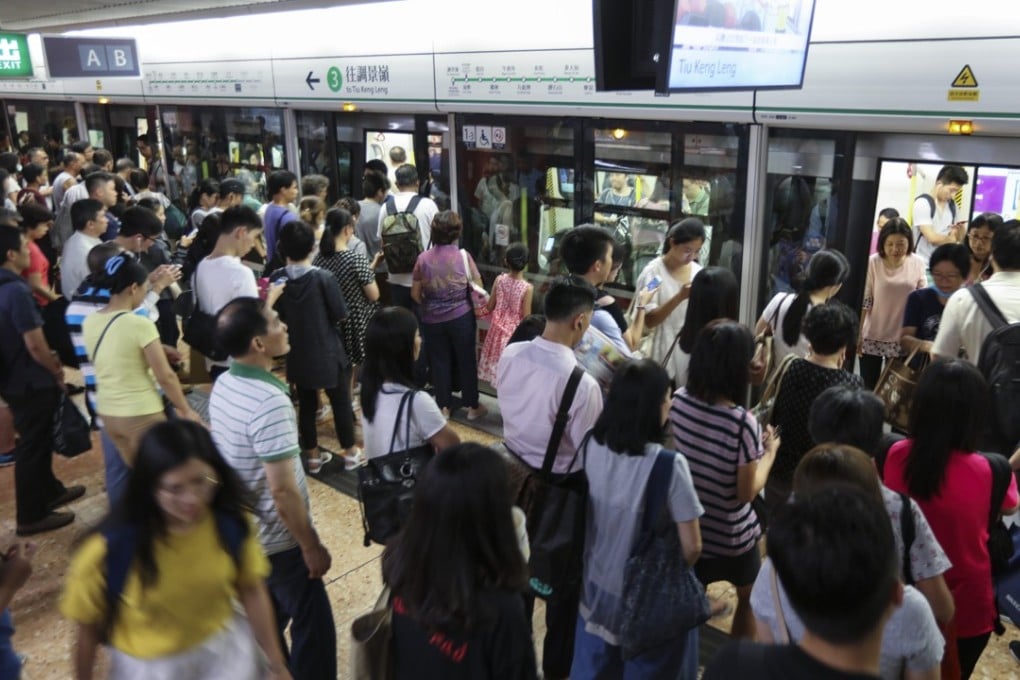Across The Border | Hong Kong can show China how to move 1 billion people by rail, and profit from renting property
Metropolises in China are rapidly transforming based on the concept of transit-oriented development, with Hong Kong’s MTR seen as the benchmark

The urbanisation of China is facing a critical challenge: how to fit 1.05 billion people into metropolitan areas. And Hong Kong might offer the solution.
Statistics show there were more than 770 million city dwellers in China by 2016, or 57.35 per cent of its total population. That number will surge to 1.05 billion by 2030. Though it is a positive indicator of country’s development, it could cause headaches for urban planners.
The growing urban sprawl in China has brought increased use of private cars, chronic air pollution, traffic jams, growing issues over available housing and increased stress on the country’s existing infrastructure.
Most of the challenges above can be solved or mitigated by better public transport systems, but China’s urbanisation so far is heavily automobile-dependent.
“While Chinese cities are investing heavily in infrastructure for mass transportation, they are failing to integrate land use with public transport.
“Furthermore, the accessibility for non-motorised travellers is not well catered for,” noted Christian Bruce, a German urban planner, in a earlier research report on the subject.
